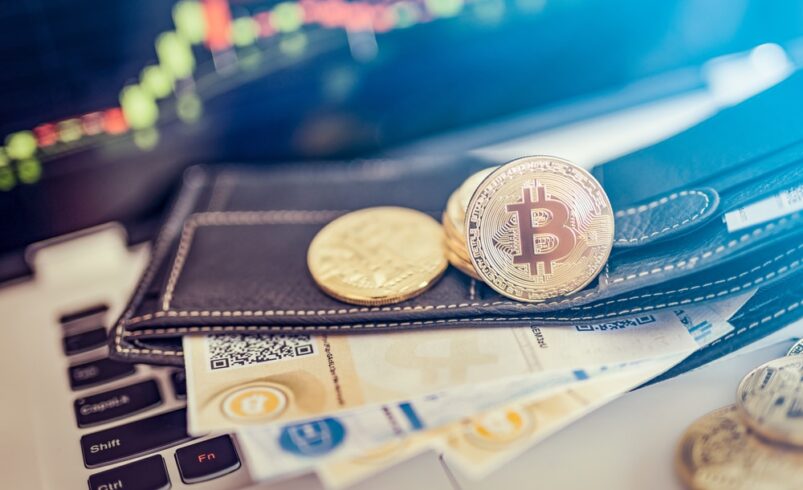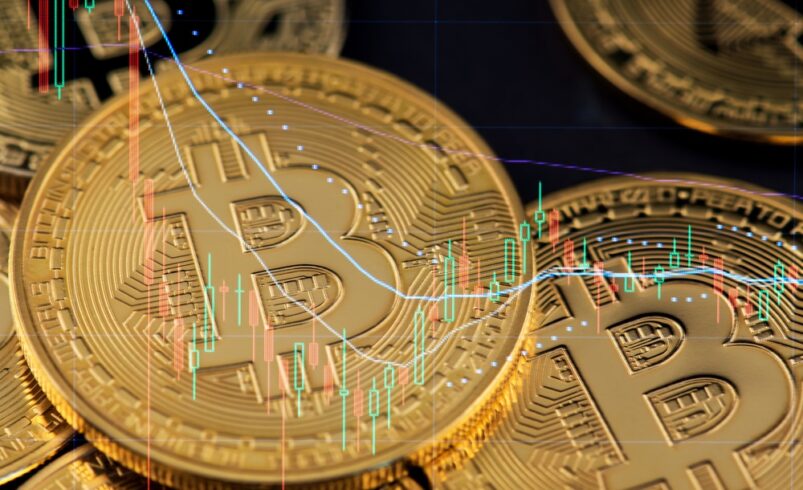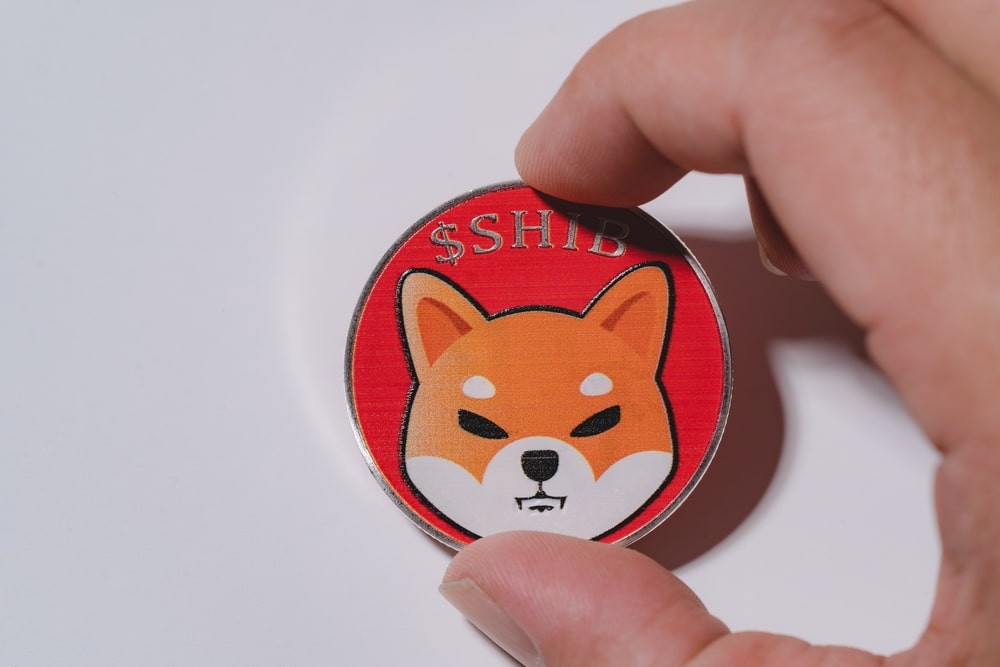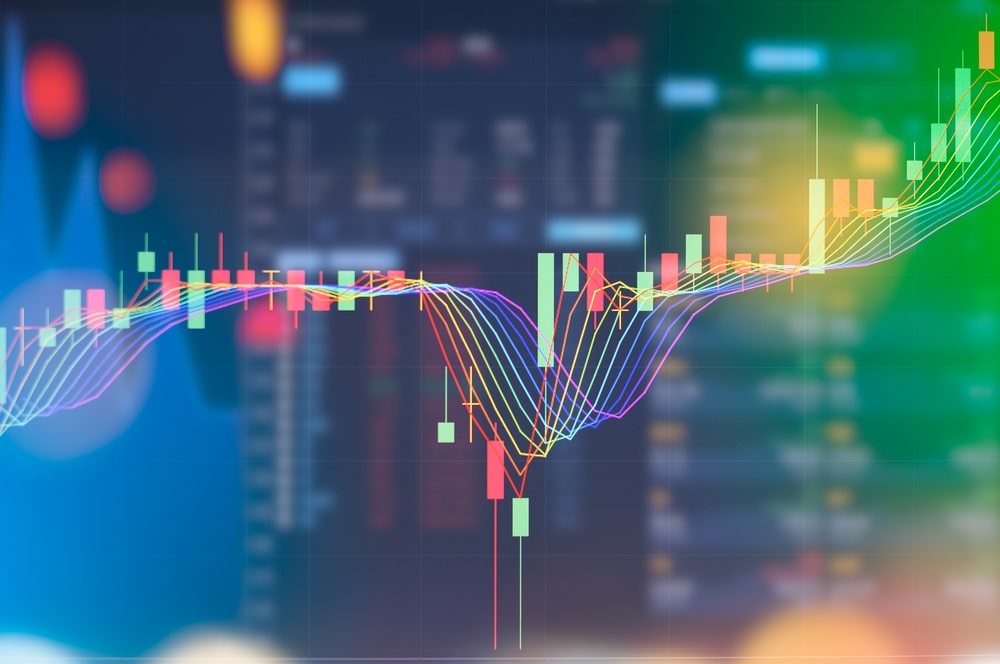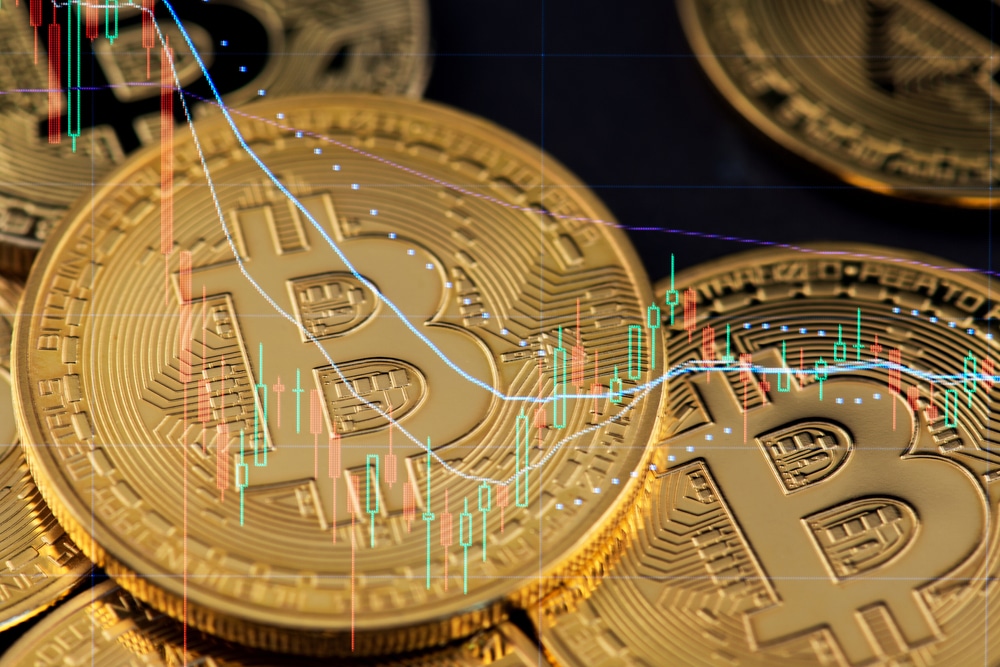Comprehensive Guide to Real-World Asset (RWA) Tokenization on Blockchain
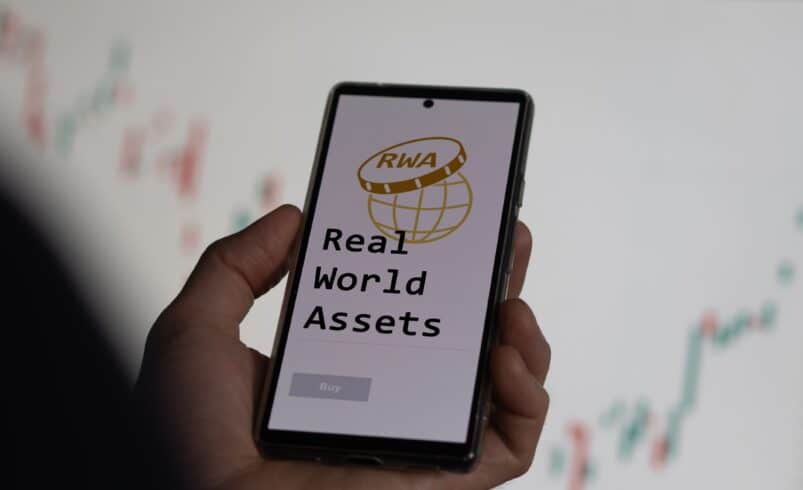
Blockchain technology has heralded advancements across various sectors, including finance and healthcare. While the notion of digital asset tokenization was first introduced in 2017, its popularity has recently surged with the integrating of real-world assets (RWAs) into the blockchain ecosystem. But what exactly does RWA tokenization entail?
RWA tokenization refers to the process by which digital tokens represent real-world assets on blockchain networks. These tokens on the blockchain symbolize conventional, tangible assets such as properties, commodities, and stocks. This guide aims to provide a comprehensive understanding of RWA tokenization, including its definition, operational mechanisms, and more.
What Constitutes Real World Assets (RWA)?
In the inherently digital realm of the cryptocurrency industry, where transactions are conducted with cryptocurrencies and other blockchain-utilized virtual items, traditional and physical assets like properties, art, and commodities are categorized as real-world assets (RWAs).
Contrary to virtual currencies such as Bitcoin and Ethereum, RWAs possess tangible characteristics; they can be physically observed, touched, and transferred between individuals. In contrast, virtual goods and services, such as in-game items in blockchain-powered games, have a strictly digital existence.
Following the advent of RWA tokenization, numerous tokens representing real-world assets have begun trading on open markets. According to DeFiLama, the total value locked in RWA tokens exceeded $38 billion as of February 2024, with prominent tokens for investment including Centrifuge, Landshare, Polymesh, and Pendle.
The Essence of RWA Tokenization
RWA tokenization transforms real-world assets into digital tokens hosted on the blockchain, facilitating the ease of trading these assets without the constraints of geography or significant initial investments.
The advent of blockchain technology has introduced a novel concept in asset tokenization. Traditionally, acquiring assets such as real estate involves various challenges, including geographical barriers and the requirement for substantial initial investments.
Asset tokenization technology, however, enables investors to acquire portions of real-world assets effortlessly. The decentralized nature of blockchain technology bridges the gap between buyers and sellers worldwide, enhancing the accessibility and liquidity of RWA investments through fractional ownership.
The Transition from NFTs and Stablecoins to Real-World Assets
Blockchain’s evolution has been notable over the years. Bitcoin facilitated electronic transactions between peers, while Ethereum laid the groundwork for many applications, from decentralized applications and blockchain-based games to non-fungible tokens (NFTs) and decentralized finance (DeFi).
Initially, tokenization was confined to digital assets such as NFTs. The advent of stablecoins introduced the ability to represent stable values on the blockchain, with USDC and USDT exemplifying tokens pegged to the US dollar.
As blockchain innovation continued to evolve, the concept of tokenizing real-world assets emerged, extending the scope of asset tokenization to encompass traditional assets. This development has made it possible to transform virtually any physical asset, from stocks and bonds to real estate and artwork, into digital tokens on the blockchain.
The Process of Tokenizing Real-World Assets on Blockchain Networks
The methodology for digitizing real-world assets into blockchain representations is fascinating. Below is an elucidated step-by-step exploration of this process.
Evaluation of Assets
The initial phase involves selecting a tangible asset for digitization into blockchain tokens, which could range from real estate and gold to securities and bonds, depending on specific needs. A critical part of this stage is assessing the asset’s current market value, which is pivotal for determining the digital tokens’ pricing later.
Establishing a Legal Framework
Establishing a legal framework is crucial to ensure adherence to regulatory standards and mitigate future legal complications. Creating Special Purpose Vehicles (SPV) serves to both fractionalize and tokenize the asset, thereby facilitating its management and minimizing associated risks.
Fractionalization of the Asset
The asset is divided into a predefined number of digital tokens following the legal preparations. This stage necessitates the selection of a suitable blockchain platform and the development of smart contracts that encode the terms of the tokenization. These contracts are instrumental in streamlining various processes and mitigating errors.
Creation of Tokens
Developers then generate tokens on the chosen blockchain network, embodying a fraction of the overall asset. For instance, if the Ethereum blockchain is selected, the tokens are typically based on the ERC-20 standard. The pricing of each token correlates with the asset’s valuation and the total number of tokens issued.
Distribution and Trading
Successful tokenization leads to the distribution of tokens to prospective investors, initially through private sales or Initial Coin Offerings (ICOs). Subsequently, these tokens are listed on designated marketplaces to facilitate trading.
Management of the Asset
Tokenization of real-world assets is not a terminal event; it introduces a dynamic where the asset continues to exist on the blockchain. Token holders are entitled to a share of the asset and benefit from ownership rights. Upon deciding to redeem or sell their token, an investor receives a value in digital currency proportional to their token, as defined by the smart contract.
Benefits of Digitizing Real-World Assets into Blockchain Tokens
The conversion of tangible assets into blockchain tokens brings forth numerous advantages over conventional investment methods:
- Enhanced Accessibility: It lowers the threshold for investment entry, democratizing access to traditional asset classes.
- Global Transactions: By leveraging blockchain’s digital and decentralized nature, transactions can occur without geographic limitations, connecting sellers and buyers worldwide.
- Cost Reduction: The elimination of intermediaries reduces transactional expenses.
- Market Liquidity: Tokenization and fractionalization amplify market liquidity, facilitating smoother trading activities.
- Transparency and Security: Blockchain’s immutable and secure architecture ensures the integrity and transparency of the tokenization process.
- Portfolio Diversification: Tokens offer an affordable means for investors to diversify their portfolios by including asset classes that were previously out of reach due to high entry barriers.
Future Prospects of Real-World Asset Tokenization
Leading financial entities are increasingly venturing into the realm of asset tokenization. Prestigious firms such as BlackRock, BNY Mellon, JP Morgan, Goldman Sachs, and HSBC have embarked on initiatives to tokenize traditional assets. Their engagement underscores real-world asset investments’ anticipated expansion and potential within traditional finance. Market analyses and forecasts suggest a promising trajectory for RWA tokenization, positioning it as a burgeoning trillion-dollar marketplace.
DISCLAIMER: It's essential to understand that the content on this page is not meant to serve as, nor should it be construed as, advice in legal, tax, investment, financial, or any other professional context. You should only invest an amount that you are prepared to lose, and it's advisable to consult with an independent financial expert if you're uncertain. For additional details, please review the terms of service, as well as the help and support sections offered by the provider or promoter. While our website strives for precise and impartial journalism, please be aware that market conditions can shift unexpectedly and some (not all) of the posts on this website are paid or sponsored posts.



